Africa’s World War: The Congo War
Reading time: 5 minutes
5.4 million people died in the deadliest war in modern African history. Yet, the event remains overlooked and understudied. A spill over war resulting from the Rwandan Genocide, fighting continued between the Hutu and Tutsi people, backed by Uganda. The First and Second Congo Wars caused the largest loss of life that has occurred since World War 2.
By Madison Moulton
The First Congo War
Extreme ethnic tensions and worsening economic strife set the stage for the First Congo War. Under the authoritarian dictator, President Mobuto Sese Seko, Zaire (DRC) had become a struggling state by 1996.

The eastern provinces of Zaire saw the most violence before and during the war due to ethnic tensions and violence against the Banyamulenge people (immigrants of Rwandan Tutsi descent).
The Banyamulenge people settled there throughout history – before and during colonial rule and during Hutu rule in Rwanda. Tensions and violence increased after the Rwandan Genocide as 1.5 million Hutu refugees fled Rwanda. Mai Mai militia groups aided in the formation of military bases within the Hutu Refugee camps. The Hutu militia led several attacks into Rwanda, vowing to retake power.
The authoritarian rule of Mobuto Sese Seko led to the creation of several anti-Mobuto groups, both internally and abroad. The most significant group – the Alliance of Democratic Forces for the liberation of Congo (AFDL) – was formed with the backing of Rwanda and Uganda, led by the communist leader Laurent-Désiré Kabila.
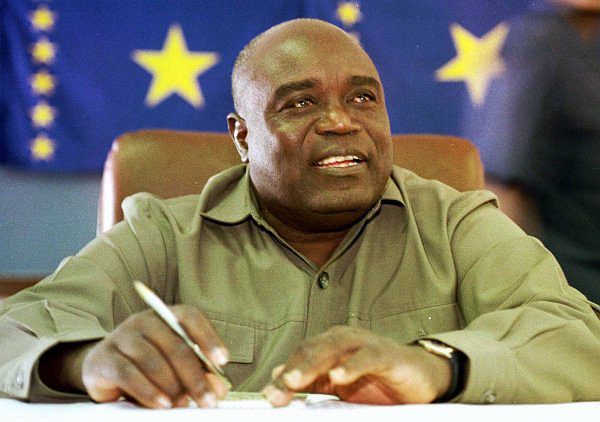
In 1996, the AFDL and Tutsi Militia engaged Zairean soldiers, formally starting the First Congo War. Mobutu’s poorly organized forces were his weak point, allowing for strategic regions to be captured with ease. Most border regions were captured by the end of the year.
The International community attempted to broker peace, which the rebel army largely ignored. In May 1997, the AFDL, now backed with Angolan military forces, marched into and captured Kinshasa, the Zaire capital. In September, Laurent-Désiré Kabila became president and renamed Zaire to The Democratic Republic of the Congo (DRC).
War Strikes Again
Upon assuming power, new president Kabila attempted to unite the highly divided nation, but his attempts failed. The eastern provinces remained militarized, and he had little support within the country. His position of power was also questioned as many believed he was under the control of Rwanda. To gain support within DRC, Kabila turned on his former allies and forced Rwandans to leave the country, allowing for the reformation of the Hutu Militia.
The Second Congo War began with retaliation from Rwanda and Uganda. They planned an invasion, supporting a new rebel group, Rally for Congolese Democracy (RDC). In August 1998, the rebel army seized ports in Ketona in Western DRC. Chaos erupted in nearby Kinshasa, resulting in the mass killing of Tutsi citizens. Zimbabwe, Namibia, and Angola sent troops to aid the President and his forces. Angolan troops recaptured Ketona in late August, cutting the RDC off from the coast.
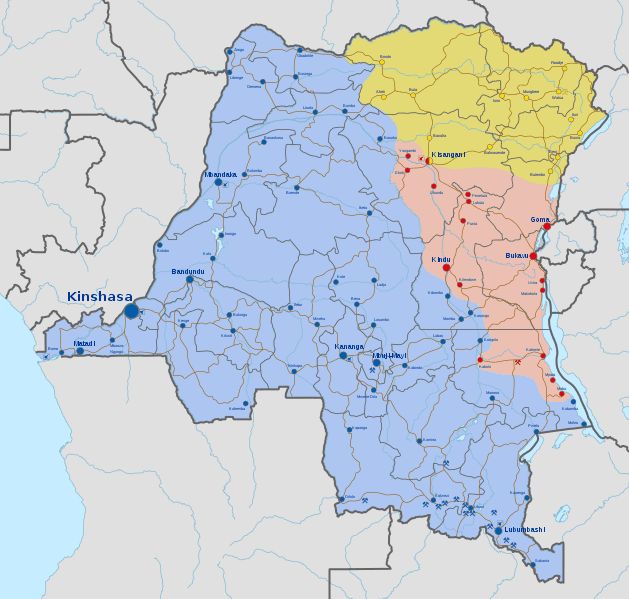
The RDC’s failed attempt to capture the capital led to the Rwandan invasion of Angola. There, their troops captured an airport in Magueyla de Zombo, while the RDC expanded considerably in the east.
Uganda now backed a new rebel army, the Movement for the Liberation of Congo (MLC). The MLC focused on capturing the north. These rebels, alongside foreign troops and government forces, raided villages and continued to commit mass killings throughout 1998 and 1999.
Throughout the Second War, rebel groups saw infighting and the splitting of alliances between Uganda and Rwanda. In late April 1999, Uganda made peace with Kabila, forming The Forces for Renewal – who would go on to fight against Rwandan troops.
The result was a stalemate forcing all seven nations involved to sign the Lusaka Ceasefire agreement in July 1999. However, fighting continued across the unstable country, resulting in the involvement of the UN. Their involvement made very little impact and further complicated an already complex war. Worsening matters, all foreign troops were accused of exploiting the DRC’s natural resources.
Fighting continued until the assassination of Kabila in early 2001. His son, Joseph Kabila, succeeded him. Diplomacy prevailed under him, and Rwandan and Ugandan troops withdrew from the DRC.
The Aftermath
The following months saw positive diplomatic strides, through the peace talks and the establishment of a transitional government. However, fighting continued throughout the various regions, due to the continued existence of ethnic tensions. Ituri – a province in the northeast – saw genocide against the native Pygmy people between 2002 and 2003.
The transitional government had little impact on the continued unrest, until 2006 when Kabila won the presidency. Despite this win, his power was limited as the war and deaths of millions of people had destabilized the country. Regional conflicts still exist today, specifically in the southern and eastern regions of the country. The conflict ultimately resulted in the death of an estimated 5.4 million people, although that number is disputed among historians.
Both wars and continued regional conflicts highlight issues of ethnic inequalities across Africa. Issues of state sovereignty and the true death toll remain significant points of discussion in the international community. Some argue that the war should not be separated into two parts. Others say that it hasn’t completed ended. What is clear, is that Africa’s Great war should not be overlooked.
Podcasts about this topic
Articles you may also like
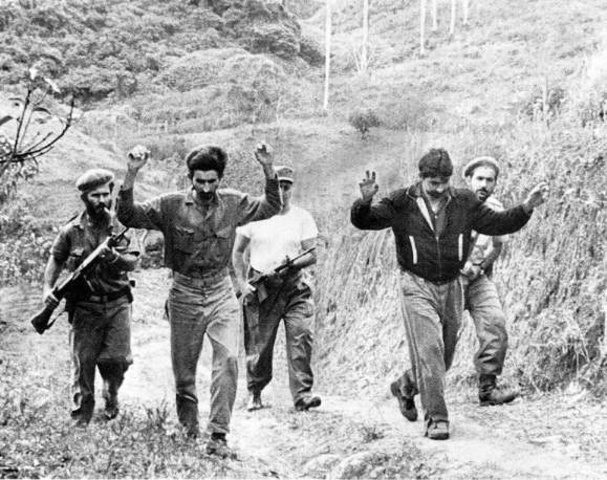
Hubris and Miscalculation: The failure of the Bay of Pigs invasion
HUBRIS AND MISCALCULATION: THE FAILURE OF THE BAY OF PIGS INVASION By Michael Vecchio The threat of Nazi villainy had been defeated, however another authoritarian threat rapidly placed over half of Europe behind what Winston Churchill called an “Iron Curtain”. The Soviet Union’s aggressive brand of Communism startled much of the Western world, but perhaps […]

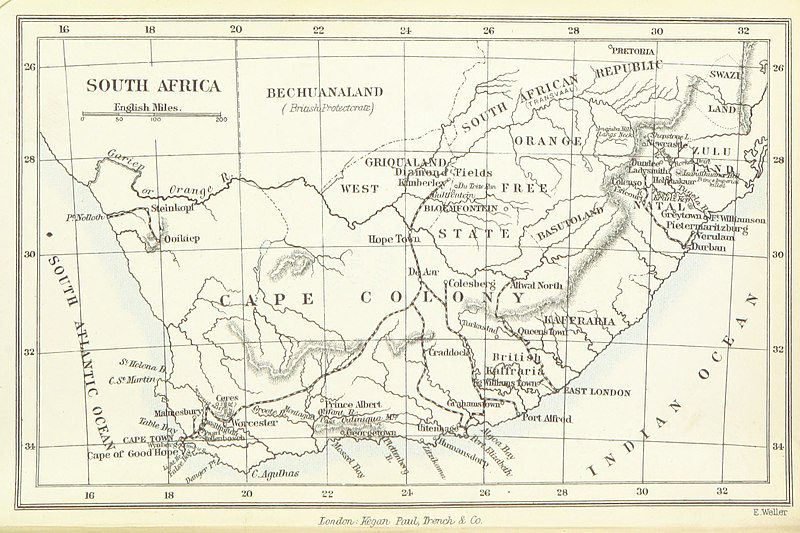
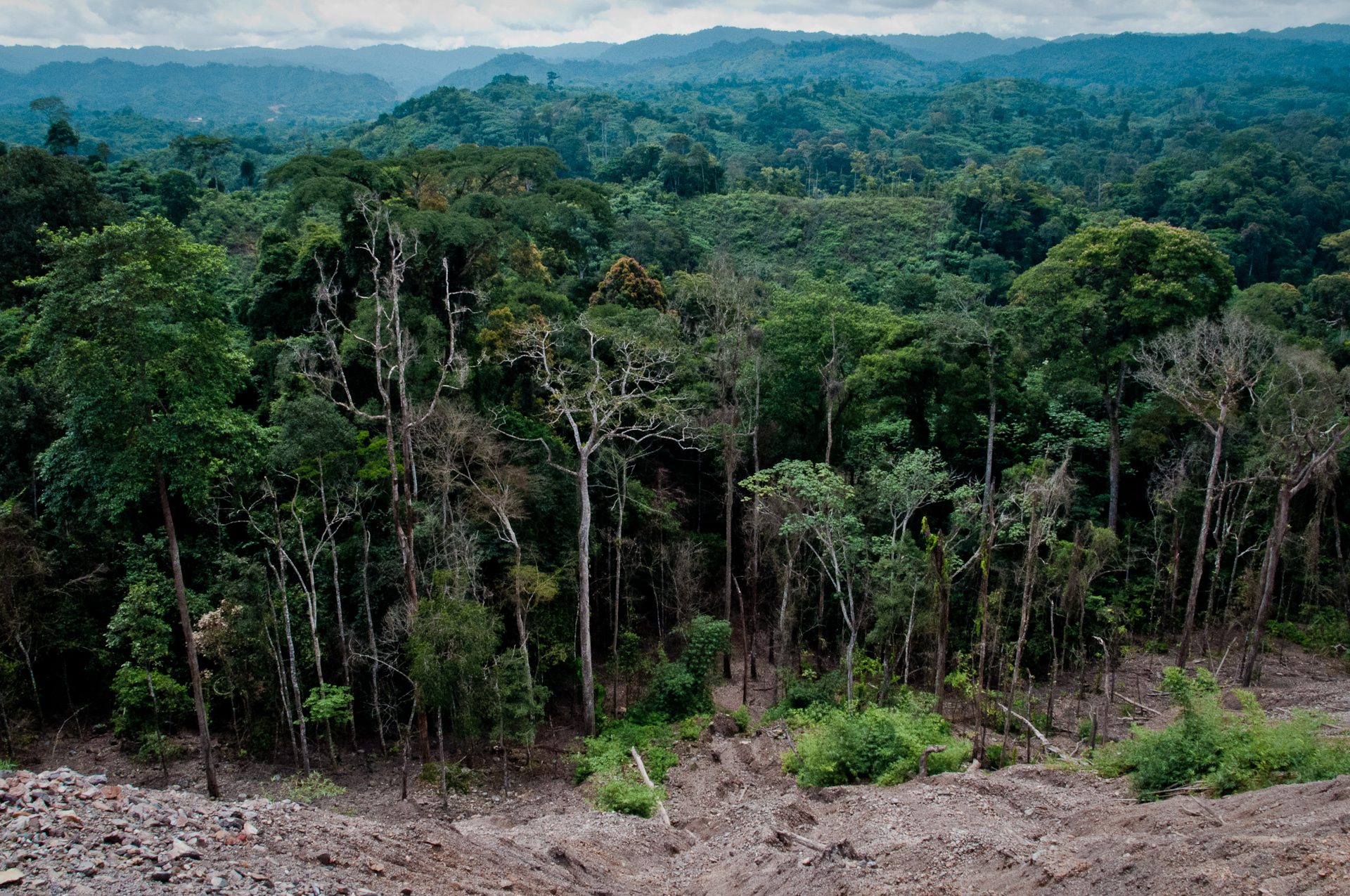
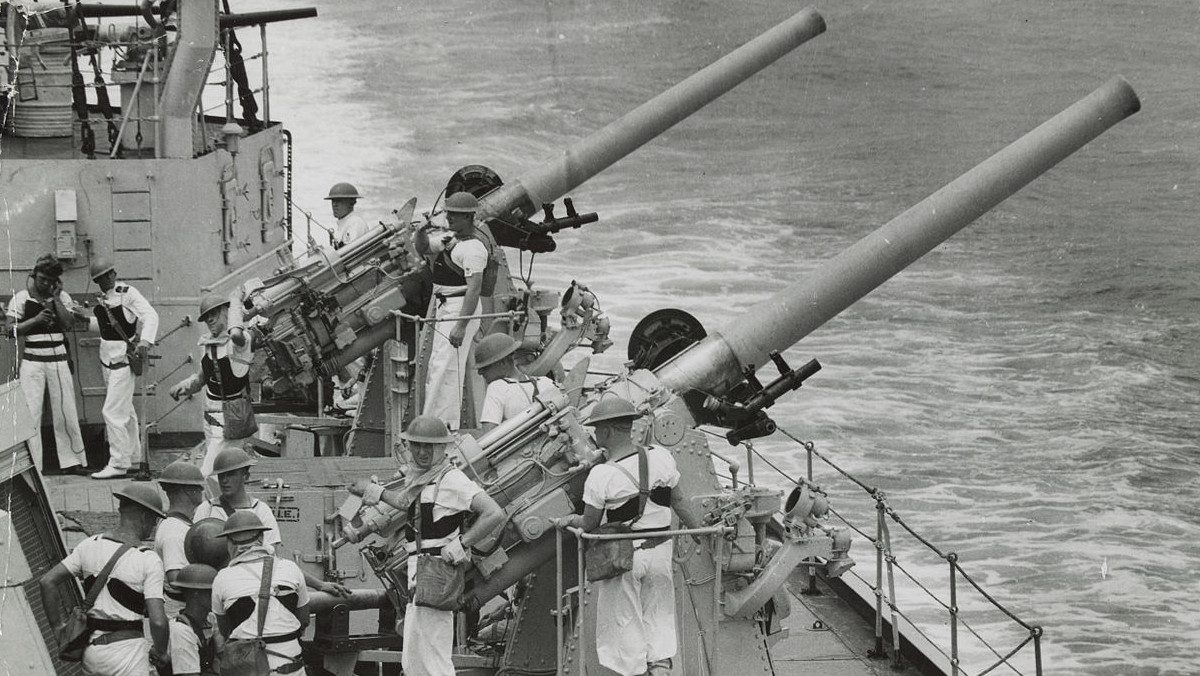
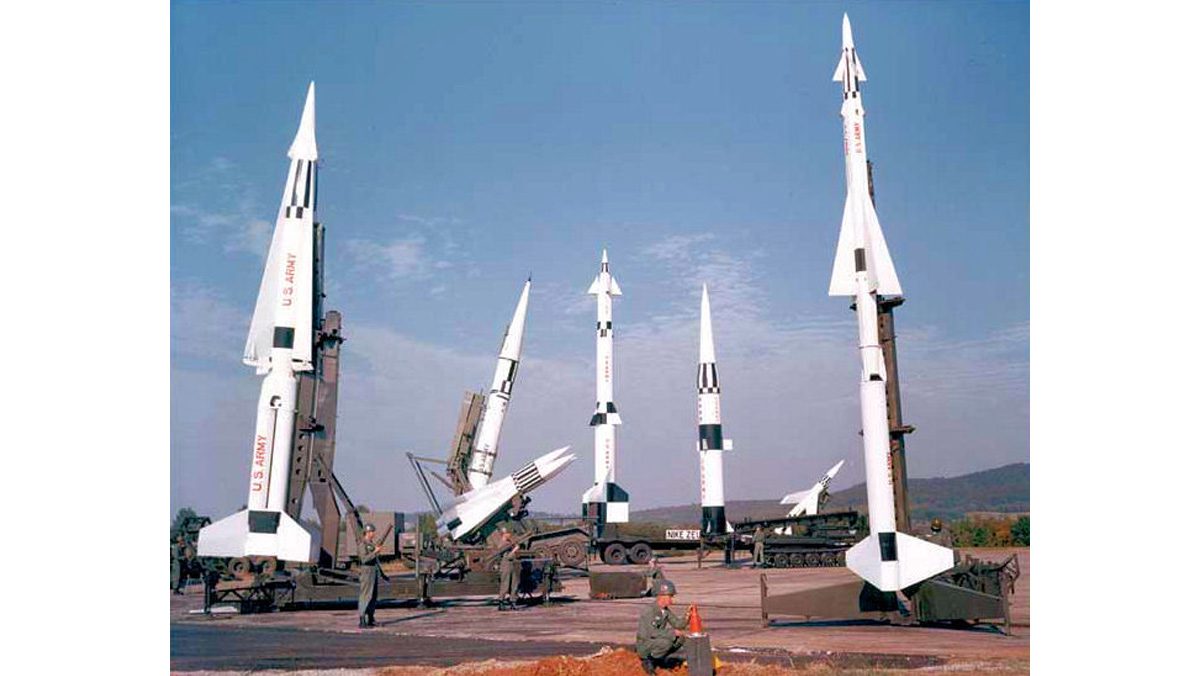
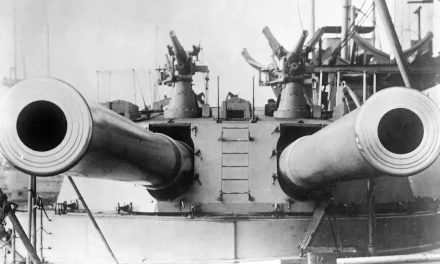
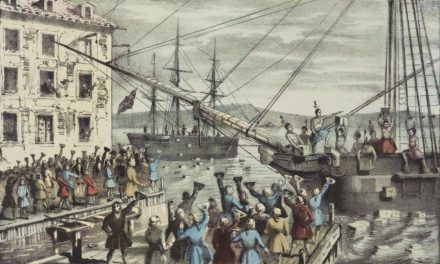
Trackbacks/Pingbacks